Human beings have always been fascinated by the skies, and all that they contain. Whether the experience is intellectual, metaphysical or spiritual, one is captivated by the grandiosity of it all.
Exploration of the “heavens” has been part and parcel of Islamic history. In fact, the Qur’an makes several references to what we call “space” – its origins, its bodies (the sun, the moon, the stars), and an exhortation to reflect upon our observations of space.
There is a Quranic passage in which the Prophet Abraham (peace be upon him) applies deductive reasoning to his observations of the motion of the stars, the moon and the sun – to arrive at monotheism, as he argued against the prevailing idolatry of his time.
In fact, Muslims are reminded that the movement of heavenly bodies are signs of an All-Powerful Creator; that motion is not tied to personal events here on earth. For example, the day that the infant son of Prophet Muhammad (peace be upon him) died, an eclipse took place. Some mistakenly thought that was in response to the death. The Prophet (pbuh) corrected the erroneously belief by reminding people that an eclipse is a manifestation of the power of God.
Following the Prophetic era, the faith spread beyond the Arabian Peninsula, ushering the Golden Age of Islam (8th century – 13th century), during which a premium was placed on knowledge and scientific inquiry. Muslim scholars saved classic works by translating them into different languages. Not only did they assimilate scientific knowledge from other civilizations (Greek, Roman, Persian, Chinese, Indian, Phoenician and Egyptian), they advanced scientific fields such as mathematics, medicine, chemistry, physics, biology and astronomy.
There was also a practical need for astronomers, as they used experiments, analogy and deduction to determine the direction of Mecca (which Muslims face when praying) and prayer times. As such, most major masjids (houses of worship) appointed astronomers who used scientific instruments invented by Muslims.
During the caliphate of Harun Ar-Rashid (786CE-809CE), the construction of observatories gained prominence from Baghdad to Damascus. These centers of research housed complex instruments which were used collaboratively by teams of astronomers to test theories and increase the accuracy of astronomical tables regarding the movement of the sun, moon, stars and planets.
Such research accelerated under the Buyid dynasty (from 934 CE to 1062 CE) in Iraq and the south part of Iran. Large-scale instruments were invented to enhance observations. The first large observatory was established in Isfahan, where Omar Khayyam formulated the first Persian Solar Calendar, a modernized version thereof is in official use in Iran today.
However, the most influential observatory was established in the 13th century by Hulegu Khan at Maragha, Iran, built under the direction of Muslim scholar Nasir al-Din al-Tusi. Al-Tusi is considered one of the greatest scholars of the Golden Age, given his contributions to the filets of architecture, philosophy, mathematics, medicine, engineering and theology. At Maraghah, al-Tusi made many advancements in astronomy, including the creation of highly-accurate tables of planetary motion and updating planetary models.
Top astronomers, such as Ali Bin Umar Al-Ghazwini, Muayid Ad-Din Al-‘Ardi, Fakhr Ad-Din Al-Maraghi, and Muhiyd-Din Al-Maghribi. gathered at Maraghah, and collaborated towards a critique of Ptolemy’s model (i.e. rotation of planetary bodies around a stationary earth) of astronomy. This observatory was also a learning center for students and housed a large library containing thousands of manuscripts on various disciplines.
Another influential observatory was established in 1420 in Samarkand by Prince Ulugh Beg, who was also an astronomer and mathematician. The dome of the observatory had inscriptions marking the degrees, minutes, seconds, and tenths of a second of the epicycles, the seven planets, and the fixed stars, as well as the earth and its regions, mountains, and deserts. Astronomers used the dome to develop one of the most accurate astronomical tables to date.
A number of instruments of astronomy were developed or enhanced during the Golden Age, including the Astrolabe, first created during antiquity by Hipparcus. Muslims perfected this instrument, which calculates the altitude of bodies in the sky. A renowned 10th-century Astrolabe engineer was Maryam al-Ijliya (also known as Mariam al-Astrulabi), who had apprenticed under the tutelage of her father, an astrolabe maker. She was known for her brilliant mind, as the design of astrolabes required working with complex mathematical equations. The Emirate of Aleppo, Sayf al Dawla, was impressed by her work, and appointed her to the court in Allepo, where she also assisted in laying the foundation for managing transportation, communications and timekeeping during that time. In 1990, Henry E. Holt honoured the contributions of this gifted woman by naming the newly-discovered main-belt asteroid in her honour.
In the modern era, there have been at least nine Muslim astronauts since space travel began in 1961. Prince Sultan bin Salman bin Abdulaziz Al-Saud was the first in 1985, when he served as a payload specialist for NASA mission to launch three satellites using the space shuttle Discovery. In 2006, Iranian -American Anousheh Ansari became the first Muslim female astronaut, paying in the millions to board a Russian Soyuz rocket to the International Space Station (ISS). In her view, faith and science are “very complimentary”. The following year, Sheikh Muszaphar Shukor, a Muslim doctor from Malaysia, also flew to the ISS. Prior to the trip, Dr. Shukor expressed concern about how to observe daily prayers in space. One challenge: how to face Mecca while praying, when the high orbital speed of the ISS makes it impossible to face Mecca during the course of prayer. Another: when are the five daily prayers in space, given that the earthly timings are based on the position of the sun relative to the earth. In space travel aboard the ISS, sunrise and sunset occur every ninety minutes – whereas on earth, prayers are performed at dawn, shortly after the sun’s zenith, at forenoon when an object’s shadow is equal to its height, at sunset, and at twilight. And how does one perform the physical actions of standing, bowing and prostrating in weightless space? Islamic scholars agreed that, given the extenuating circumstances, astronauts who choose to pray, can intend to face Mecca, stand, bow, prostrate, etc. – but are not required to adhere to earthly physical requirements. As for the timings, they can adhere to the time zone of their place of residence.
Exploration of space has also been manifested recently by the discovery of three new exoplanets in 2016 by a team of scientists in Qatar at the Qatar Exoplanet Survey. Today, roughly 200 stars are named after Muslim astronomers, while the twenty-four craters on the moon are similarly named, in honour of the contributions of Muslims through the ages to the field of astronomy.
All images are in the Public Domain.


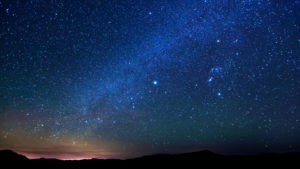
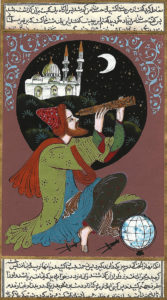
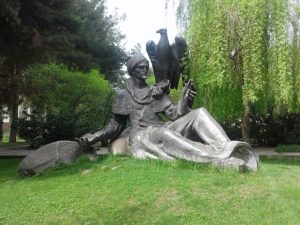
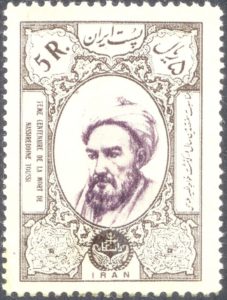
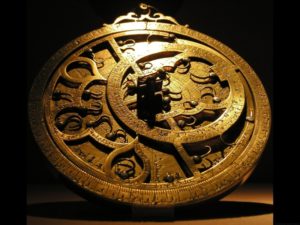
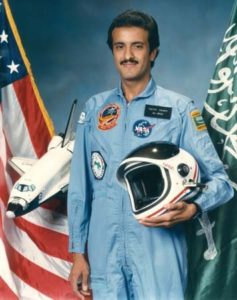






Beautiful article. Well written. Thank you for your genuine efforts in spreading the wonderful things that Muslims contributed to humanity. This article is very important because it highlights the significance of Islam and its teachings where Muslims can practice their religion, learn and spread knowledge to all mankind.
Awesome information! Will share in my youth class some of the amazing contributions of Muslims and Muslimah. MashaAllah